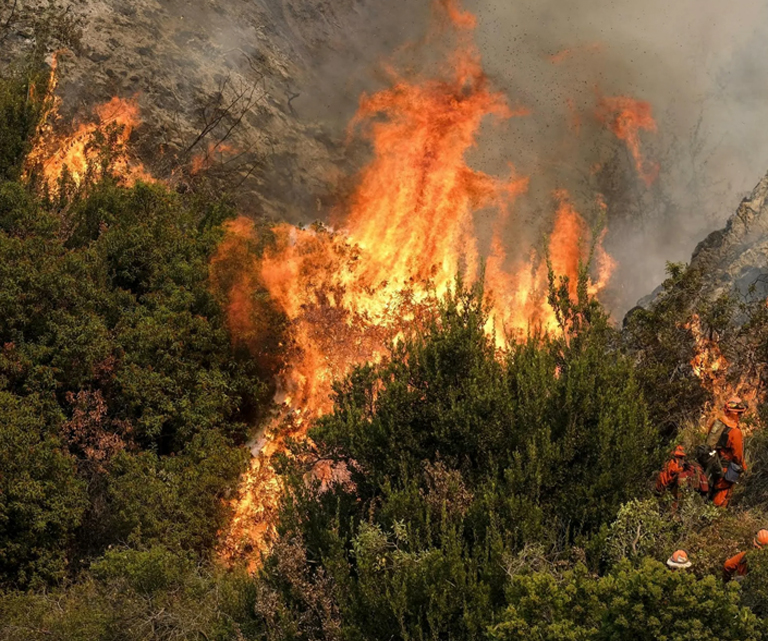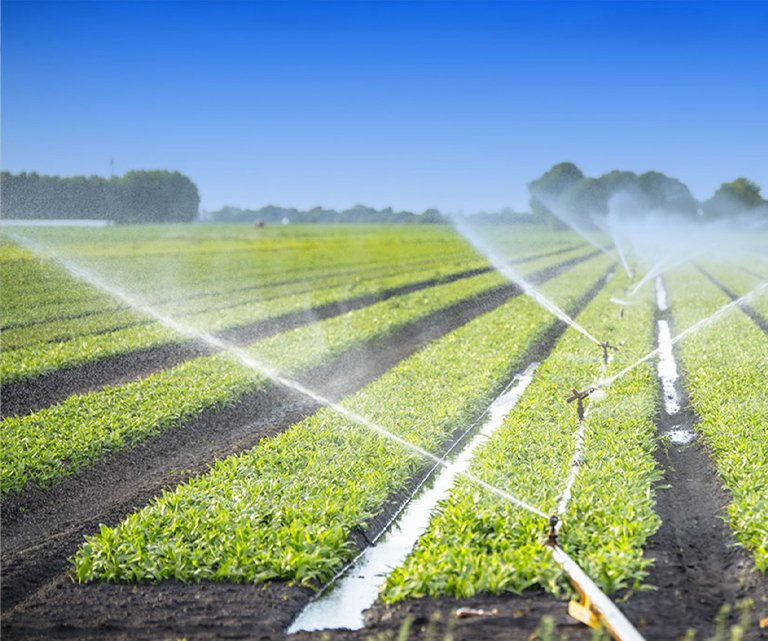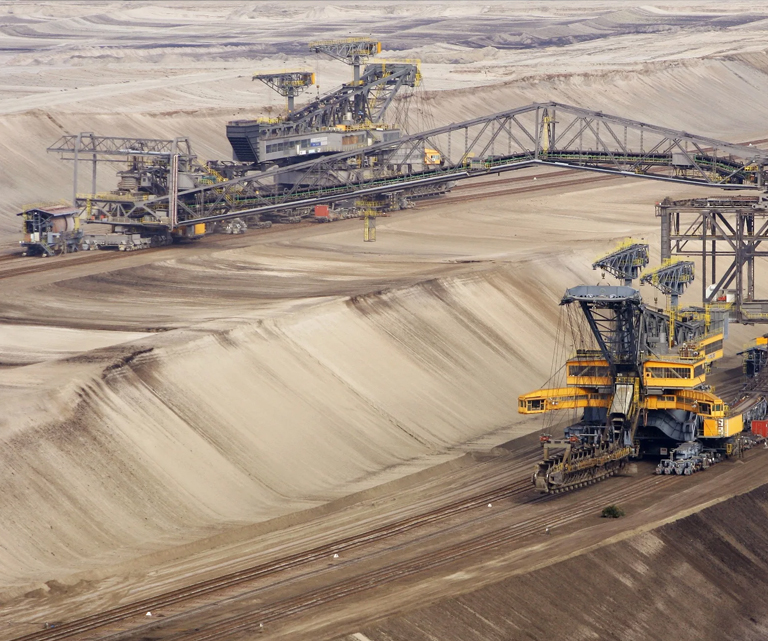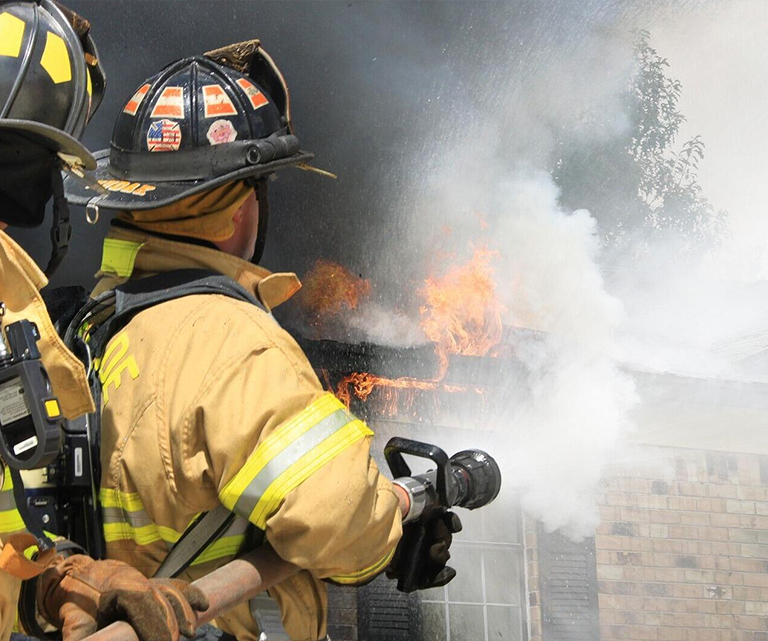Light weight, good elasticity, low resistance to water flow, easy to coil.
This fire hose features a double-layer construction with reinforced braiding for strong burst strength and long-lasting durability. Designed for industrial firefighting, it is resistant to oils, chemicals, and abrasion. High pressure resistant to 300+ PSI. This NFPA-compliant fire hose is ideal for fire departments, refineries, and chemical plants.

Forestry Fire Protection

Agricultural Fire Protection

Industrial Fire Protection

Municipal Fire Protection
The water belt is reinforced with two layers of belt blanks to achieve higher pressures and high resistance to abrasion.
| Pressure Required | |||||||
| Caliber | Work Pressure | Burst Pressure | |||||
| (Inch/mm) | (Bar) | (Mpa) | (Psi) | (Bar) | (Mpa) | (Psi) | |
| 1" | 25 | 13-25 | 1.3-2.5 | 190-365 | 39-75 | 3.9-7.5 | 570-1090 |
| 1-1/2" | 38 | 8-25 | 0.8-2.5 | 120-365 | 24-75 | 2.4-7.5 | 350-1090 |
| 2" | 52 | 8-25 | 0.8-2.5 | 120-365 | 24-75 | 2.4-7.5 | 350-1090 |
| 2-1/2" | 64 | 8-25 | 0.8-2.5 | 120-365 | 24-75 | 2.4-7.5 | 350-1090 |
| 3" | 75 | 8-25 | 0.8-2.5 | 120-365 | 24-75 | 2.4-7.5 | 350-1090 |
| 4" | 102 | 8-25 | 0.8-1.6 | 120-235 | 24-48 | 2.4-7.5 | 350-700 |
| 5" | 127 | 8-25 | 0.8-1.3 | 120-190 | 24-39 | 2.4-7.5 | 350-570 |
| 6" | 152 | 8-25 | 0.8-1.3 | 120-190 | 24-39 | 2.4-7.5 | 350-570 |
1. Understanding EPDM Lining Properties The EPDM rubber lining provides intrinsic resistance to heat, weather, and many chemicals. Its polymer structure determines susceptibility to: Acidic and alkaline solutions Petroleum products such as...
READ MOREI. The Structural Mandate of Fire Hoses The performance of an EPDM Fire Hose relies critically on the structural integrity of its two main components: the inner EPDM rubber liner (providing a smooth waterway and chemical resistance) and the...
READ MOREThe modern **EPDM Fire Hose** is an engineering marvel, designed to handle both the intense thermal stresses of fire suppression and the mechanical demands of deployment in extreme climates. EPDM (Ethylene Propylene Diene Monomer) rubber is...
READ MOREIn the field of firefighting, the performance of fire hoses, as key equipment for firefighting and rescue, is directly related to the efficiency and safety of rescue. As an enterprise focusing on the production of fire hoses, firefighting equipment and emergency rescue equipment, Jun'an Fire Technology is well aware that fire hoses need to work under extreme conditions such as high temperature, high pressure, chemical corrosion, and physical impact. Therefore, it is extremely strict in material supply and selection. Among them, the double-layer jacketed fire hose has an exquisite structure design. Its outer layer is responsible for wear resistance and mechanical damage resistance. It is mostly woven with high-strength synthetic fibers, such as polyester filament. With excellent wear resistance and high strength, it effectively resists external friction, collision and other damage. The inner layer focuses on sealing and pressure resistance, and often uses materials such as rubber or polyurethane. These materials have good flexibility and sealing, can withstand the impact of high-pressure water flow, and ensure smooth water flow without leakage. The inner and outer layers work together to greatly improve the performance of fire hoses such as pressure resistance, wear resistance and service life, and play an indispensable role in firefighting operations.
Outer layer material
In the production of Double Jacket Fire Hose, the choice of outer layer material has a significant impact on the fit of the two layers and the flexibility of the hose. Taking synthetic fibers as an example, factors such as fiber thickness and weaving method are crucial. If the fiber is too thick, it can enhance wear resistance, but it will make the hose harder and the flexibility will be greatly reduced; if it is too thin, it will be difficult to withstand high-intensity friction and external forces. In terms of weaving method, tight weaving can increase strength but may reduce flexibility, while looser weaving is conducive to flexibility but will weaken overall strength and fit. Therefore, it is necessary to comprehensively consider and find the best balance between fiber thickness and weaving method. For example, the selection of polyester filaments of specific specifications and the use of appropriate weaving technology can not only ensure the strength and wear resistance of the outer layer, but also lay the foundation for the close fit of the two layers and the flexibility of the hose.
Inner layer material
The characteristics of the inner layer material are also critical. For rubber and polyurethane materials, rubber materials have good flexibility and can adapt well to the bending requirements of water hoses, but when they are fitted with the outer layer, they may not fit tightly due to problems such as surface smoothness. Polyurethane materials have good water resistance and mechanical properties, and have strong affinity with some outer layer materials, which is conducive to tight fitting. However, polyurethane materials with different formulas and production processes have different flexibility. When selecting the inner layer material, it is necessary not only to consider its fit with the outer layer material, but also to ensure that its own flexibility meets the requirements for the use of the water hose. By optimizing the formula and process, the inner layer material can ensure a firm fit while giving the water hose excellent flexibility.
Weaving process control
In the weaving process of double-layer jacketed fire hoses, for water hoses with double-layer weaving structures, it is necessary to ensure that the inner and outer layers are woven synchronously. This requires precise control of weaving equipment parameters, such as warp and weft tension. Excessive tension will cause the material to deform and affect the flexibility of the water hose; too little tension will cause the weaving to be loose and unable to fit tightly. Through advanced weaving equipment and precise parameter settings, the inner and outer layers of warp and weft are closely interwoven during the weaving process to form a stable structure. For example, a weaving machine with an automatic tension adjustment system is used to monitor and adjust the warp and weft tension in real time to ensure that the inner and outer layers fit tightly, while maintaining the original flexibility of the material, and avoiding wrinkles, gaps and other problems that affect fit and flexibility due to improper weaving.
Application of bonding process
The bonding process is a common and key means to achieve a tight fit between two layers. When the inner layer is made of rubber or polyurethane material and the outer layer is a fiber braided layer, an adhesive such as epoxy resin glue can be used. During the construction process, the outer wall of the inner layer is first pre-treated, such as polishing and cleaning, to increase the surface roughness and activity and improve the adhesion of the adhesive. Then evenly apply the adhesive, cover the outer braided layer on the inner layer, and use the hot pressing process to promote the curing of the adhesive. The control of hot pressing temperature and pressure is extremely important. If the temperature is too high and the pressure is too high, although it can enhance the fit strength, it may cause excessive deformation of the material and reduce flexibility; if the temperature is too low and the pressure is insufficient, the bonding will not be strong. Generally speaking, the best hot pressing parameters need to be determined experimentally based on the material properties. For example, for a specific rubber inner layer and polyester outer layer combination, hot pressing is performed at a suitable temperature and pressure for a certain period of time to achieve a firm fit between the two layers while maintaining good flexibility of the hose.
Introduction to special processes
In addition to conventional processes, there are some special processes that can ensure that the two layers fit tightly without affecting flexibility. For example, the co-extrusion process is used to extrude the outer layer material simultaneously with the inner layer material when it is produced. In this process, the two materials fuse together at a specific temperature, pressure and extrusion speed to form a tightly bonded interface, which not only fits firmly but also maintains the original flexibility of the material. For another example, the ultrasonic welding process is used to fuse the interface molecules of the two layers of materials through high-frequency vibration to achieve a tight connection, and the overall flexibility of the hose is minimally affected. Although these special processes are costly or have strict requirements on equipment, they have significant advantages in the production of high-end fire hoses and can better meet the strict requirements of firefighting operations on the performance of hoses.
Flexibility maintenance measures
Optimization of material flexibility
When selecting materials, in addition to considering fit, focus on optimizing the flexibility of the material itself. For the outer fiber material, chemical modification or the addition of special additives can be used to improve the fiber molecular structure and enhance flexibility. For example, polyester fiber is modified to introduce flexible groups into the molecular chain to reduce the intermolecular force, making it easier to bend while maintaining strength. For the inner rubber or polyurethane material, the formula is adjusted to increase the content of flexible components such as plasticizers to improve the flexibility of the material while ensuring sealing and pressure resistance. At the same time, the material production process is strictly controlled to ensure that the material performance is stable and uniform, and the flexibility of the water hose is guaranteed from the source.
Control of the impact of production process on flexibility
During the production process, many process links will affect the flexibility of the water hose and need to be strictly controlled. For example, in the shaping process after weaving, if the shaping temperature is too high and the time is too long, the material will become hard and reduce flexibility. According to the characteristics of the material, the shaping parameters should be accurately controlled, and the appropriate cooling method should be adopted to keep the water hose in good flexibility after shaping. In the bonding process, the selection and amount of adhesive will also affect flexibility. Too much adhesive may form a rigid connection between materials, reducing flexibility. It is necessary to accurately control the amount and select adhesives with good flexibility after curing. In addition, the post-processing process after the hose is formed, such as appropriate stretching and curling, can further optimize the flexibility of the hose, making it more suitable for the bending requirements in actual use.
Quality inspection and evaluation
Fitting tightness test
To ensure that the two layers of materials of the double-layer jacketed fire hose fit tightly, a fitting tightness test is required. Common methods include appearance inspection, observing the surface of the hose with the naked eye or a magnifying glass to check whether there are defects such as delamination, bubbles, and gaps, and preliminarily judge the fitting situation. A more accurate detection method is to use an ultrasonic flaw detector, using the reflection characteristics of ultrasonic waves at the interface of different materials to detect whether there is an unbonded area between the two layers of material, and accurately locate the position and size of the defect. It is also possible to apply a certain pressure to the hose through a water pressure test to observe whether there is leakage. If there is leakage, it may be caused by loose fitting. This is used to evaluate the fitting quality and ensure that the hose will not leak or have other faults due to fitting problems during use.
Flexibility assessment
Flexibility assessment is an important part of measuring the performance of fire hoses. It can be assessed through bending tests. The hose is bent a certain number of times according to the specified radius to observe whether there are cracks, ruptures and other damages on the hose. At the same time, the resistance during the bending process is felt to judge the flexibility. The minimum bending radius of the hose can also be measured. The smaller the value, the better the flexibility. In a simulated actual use environment, the hose is repeatedly stretched and bent, combined with pressure testing, to comprehensively evaluate the flexibility and pressure resistance of the hose under different working conditions, to ensure that the hose can be used flexibly in a complex environment of firefighting operations and meet the needs of firefighting and rescue.